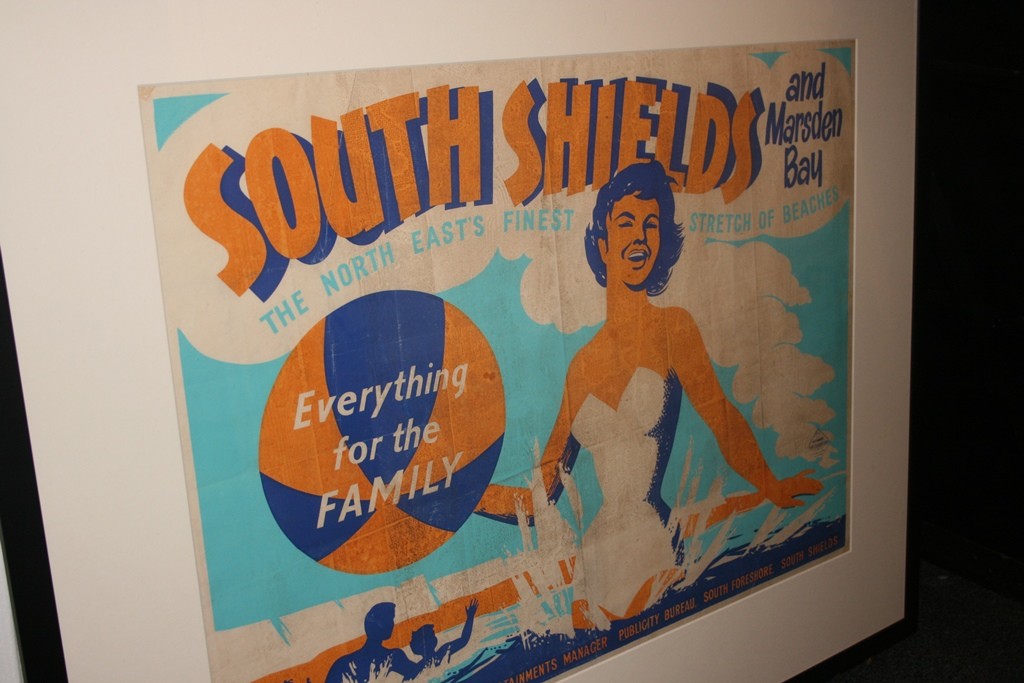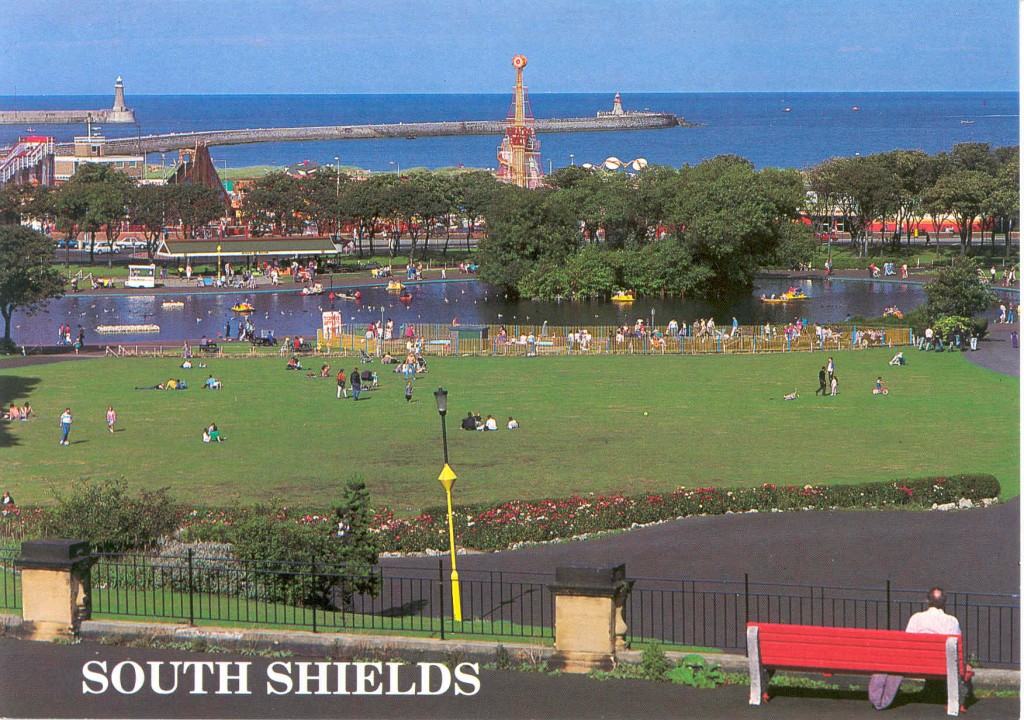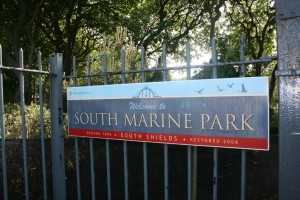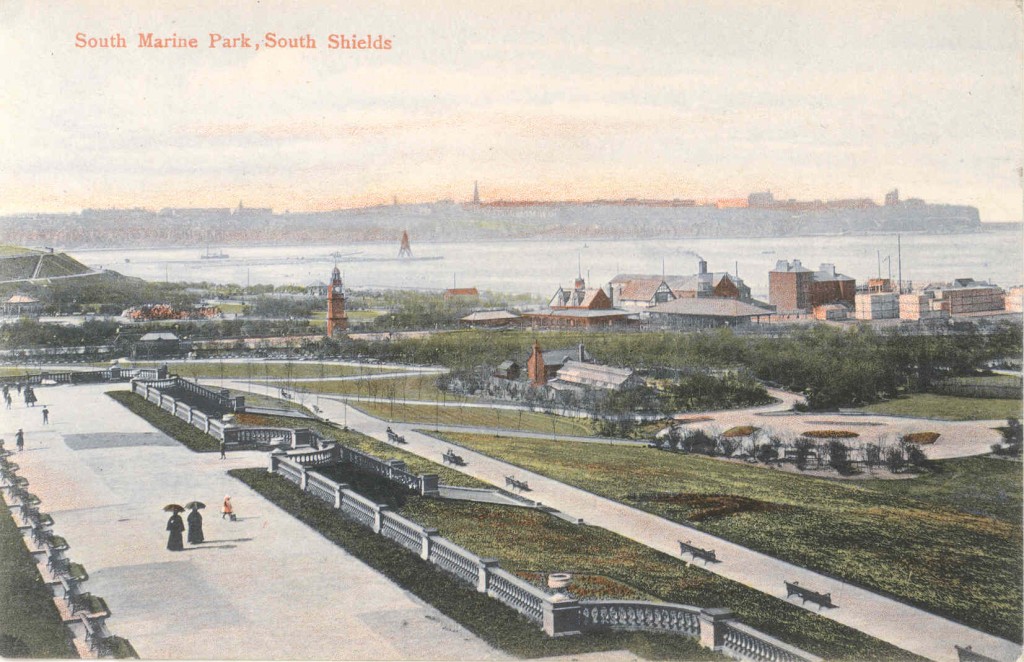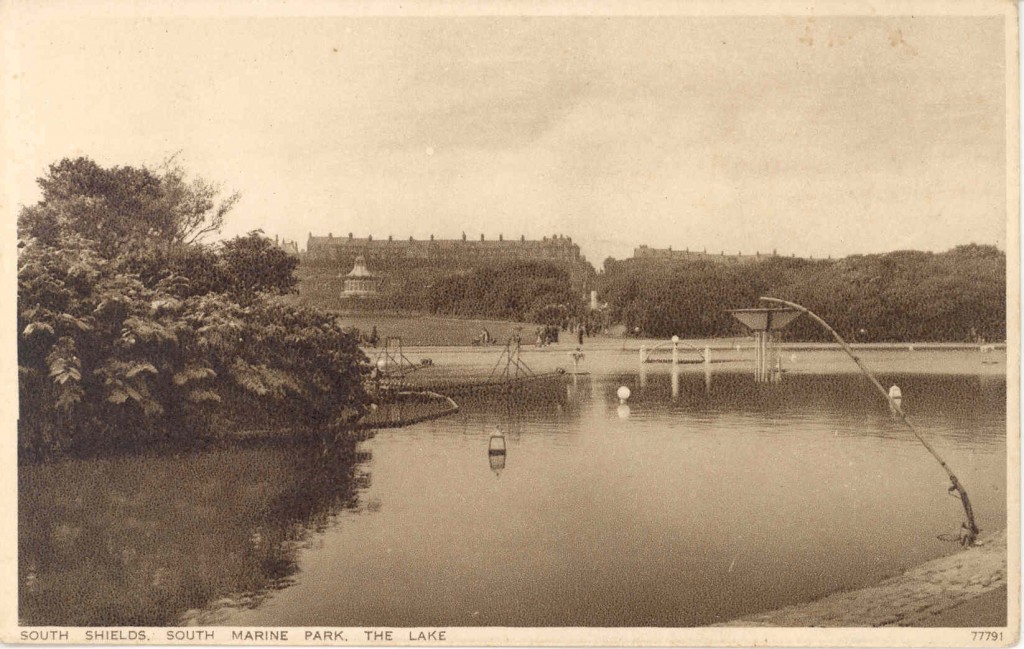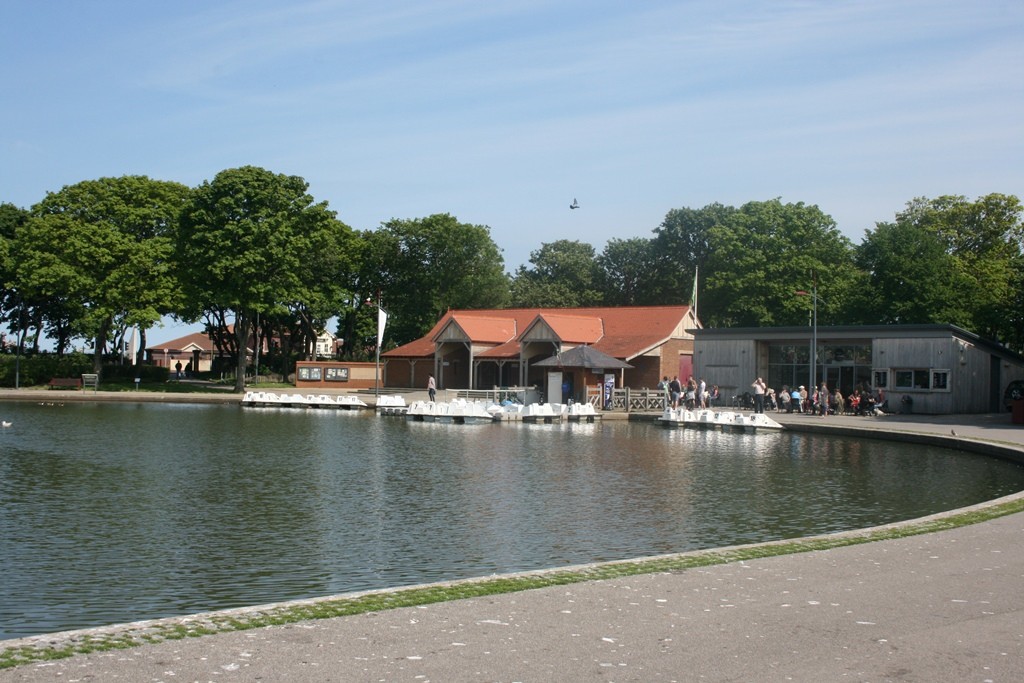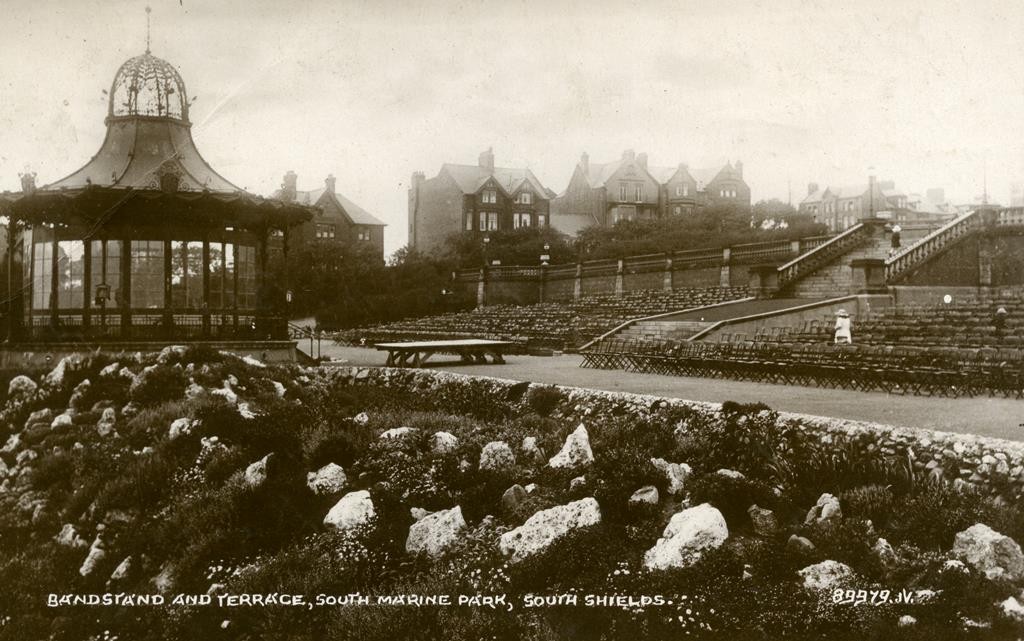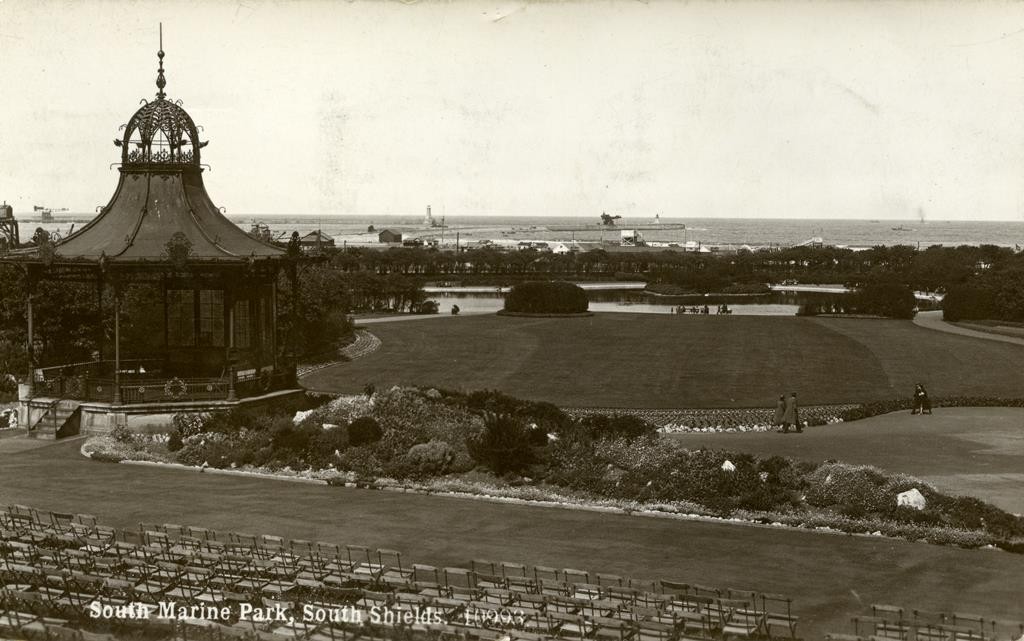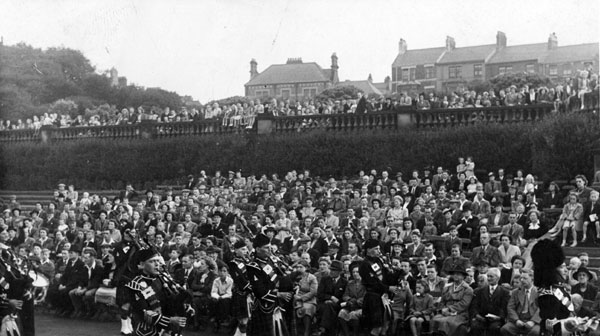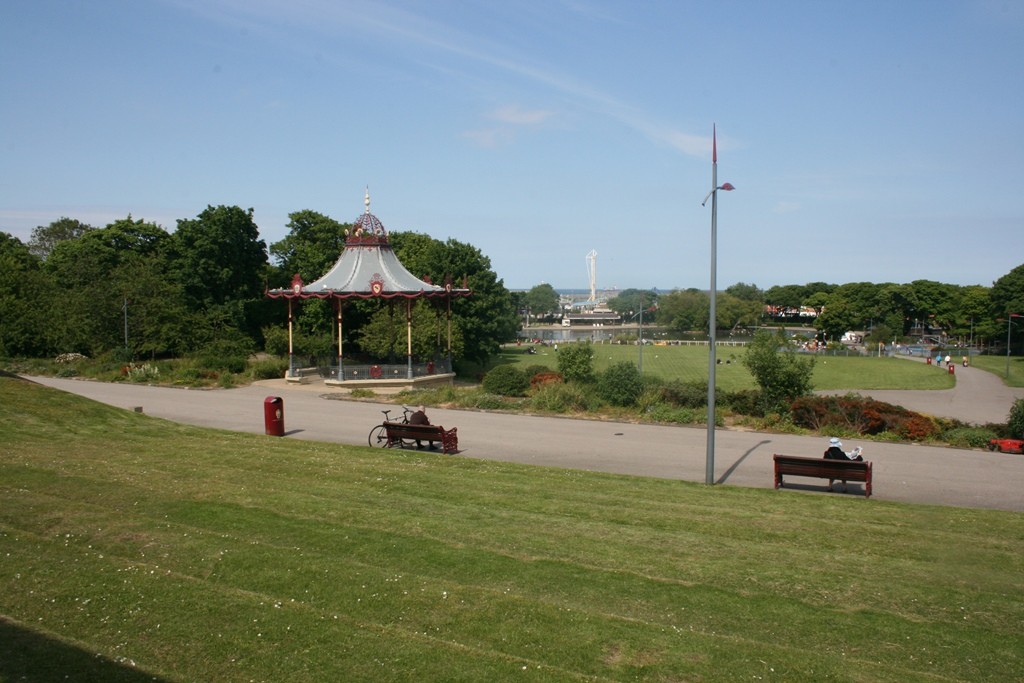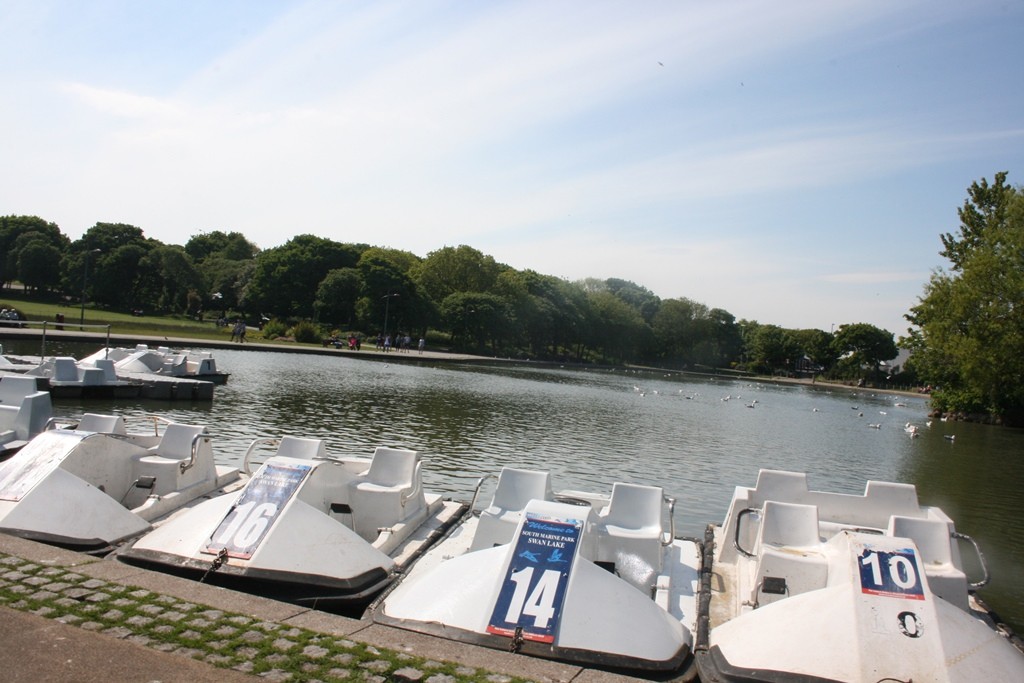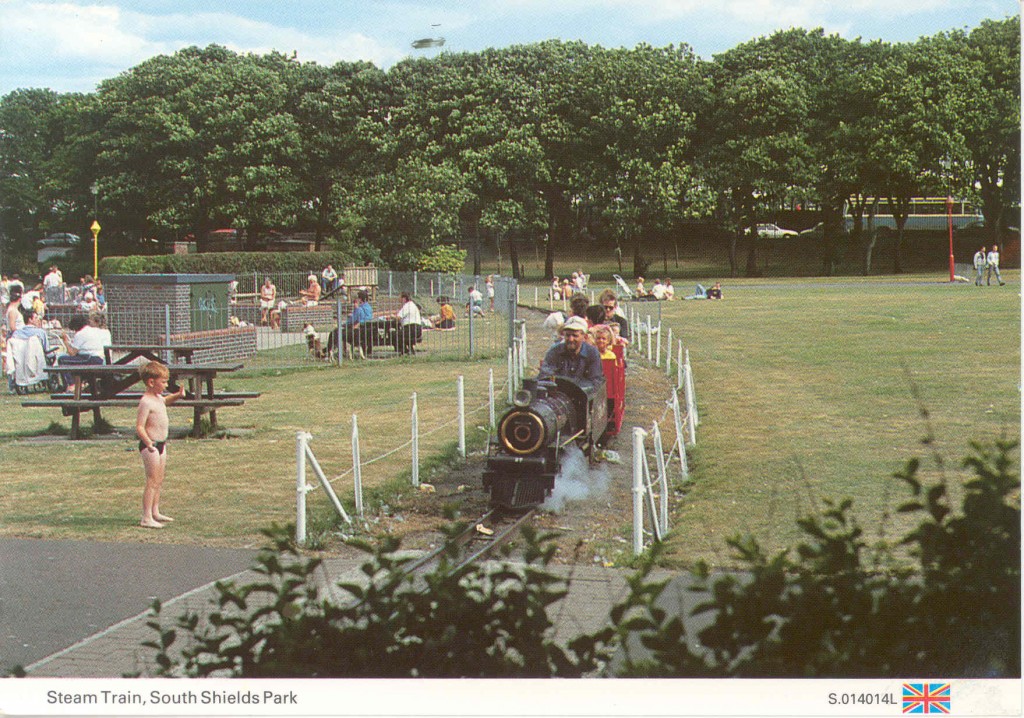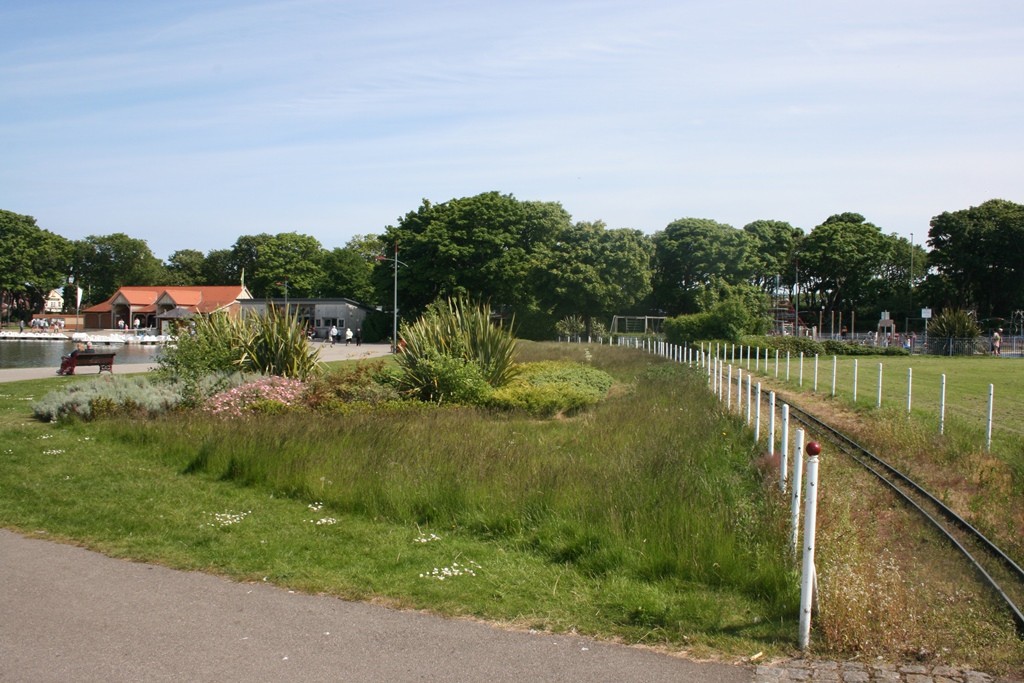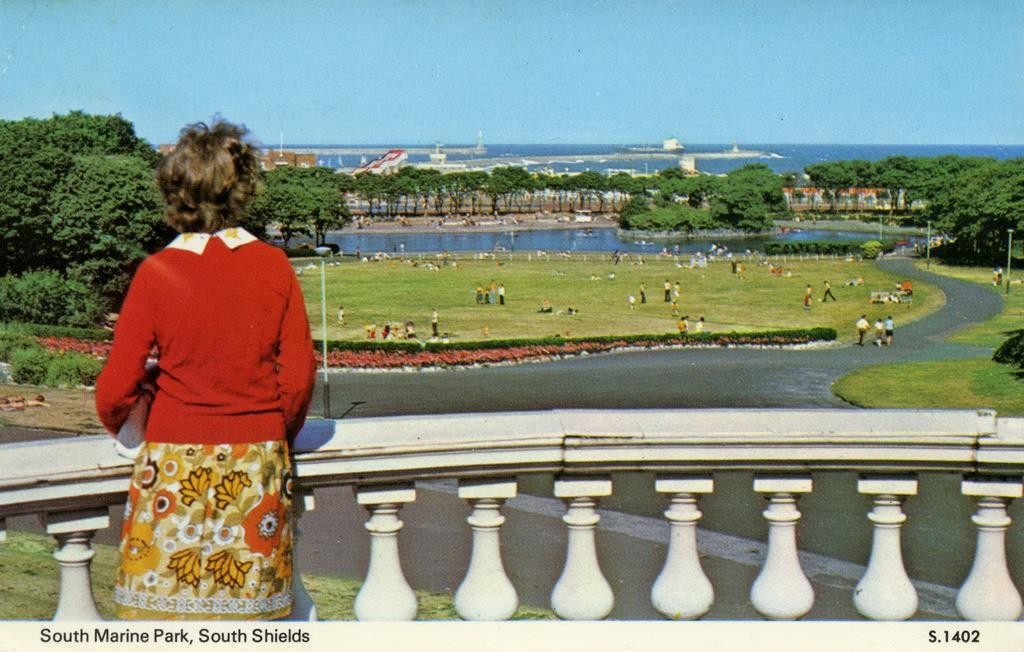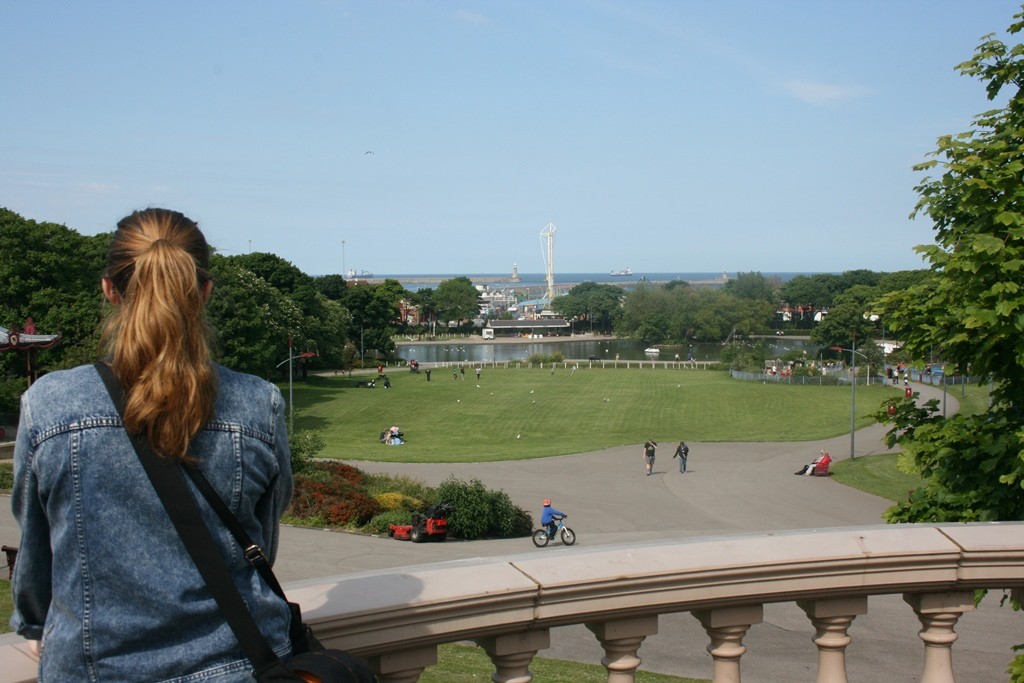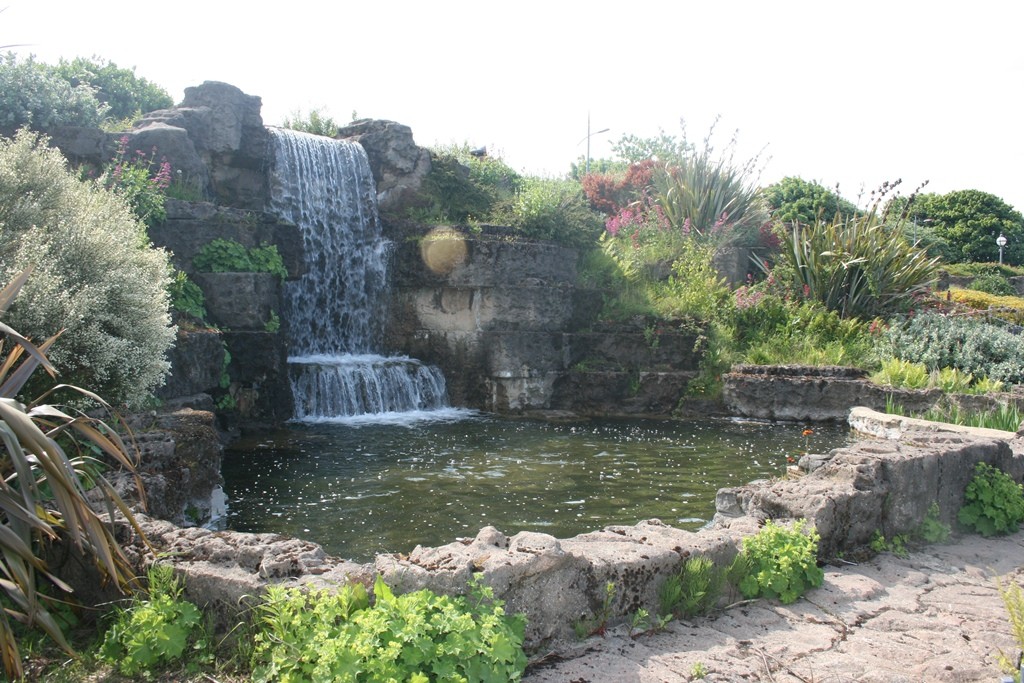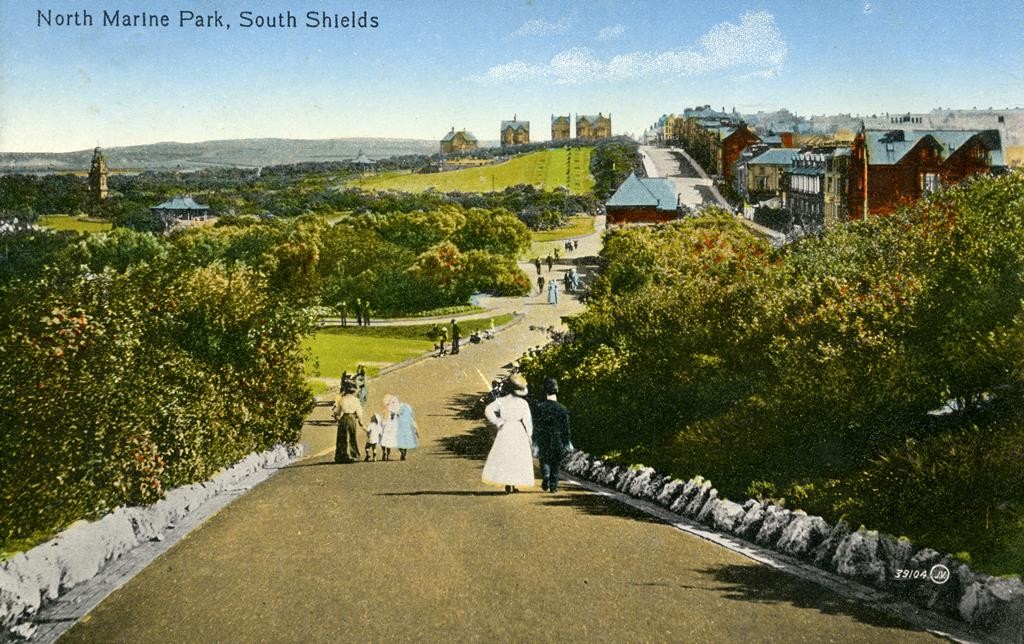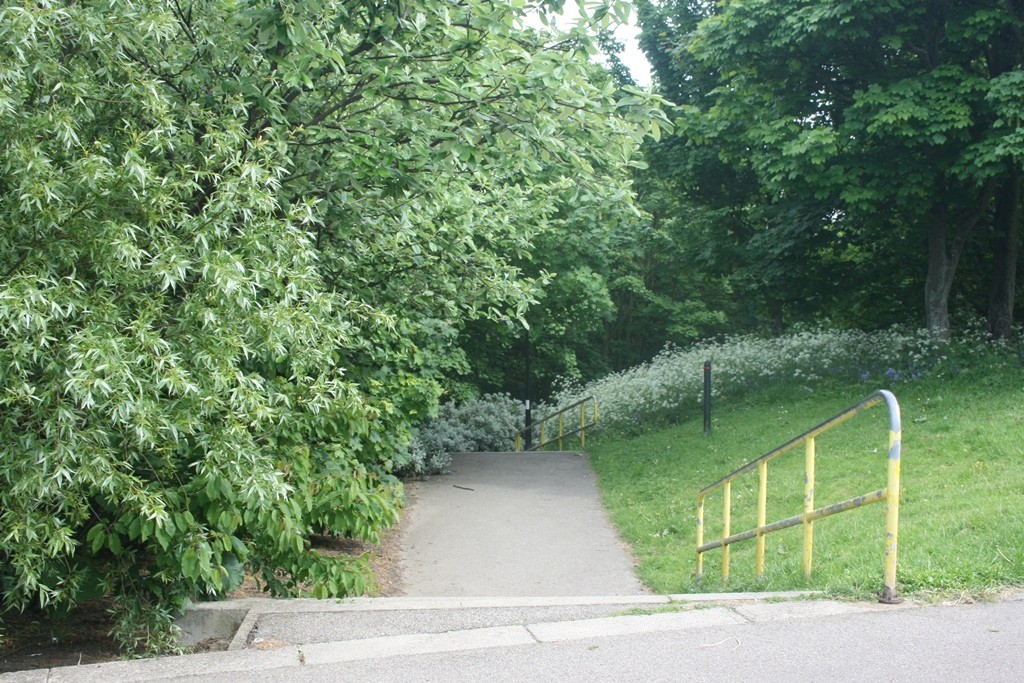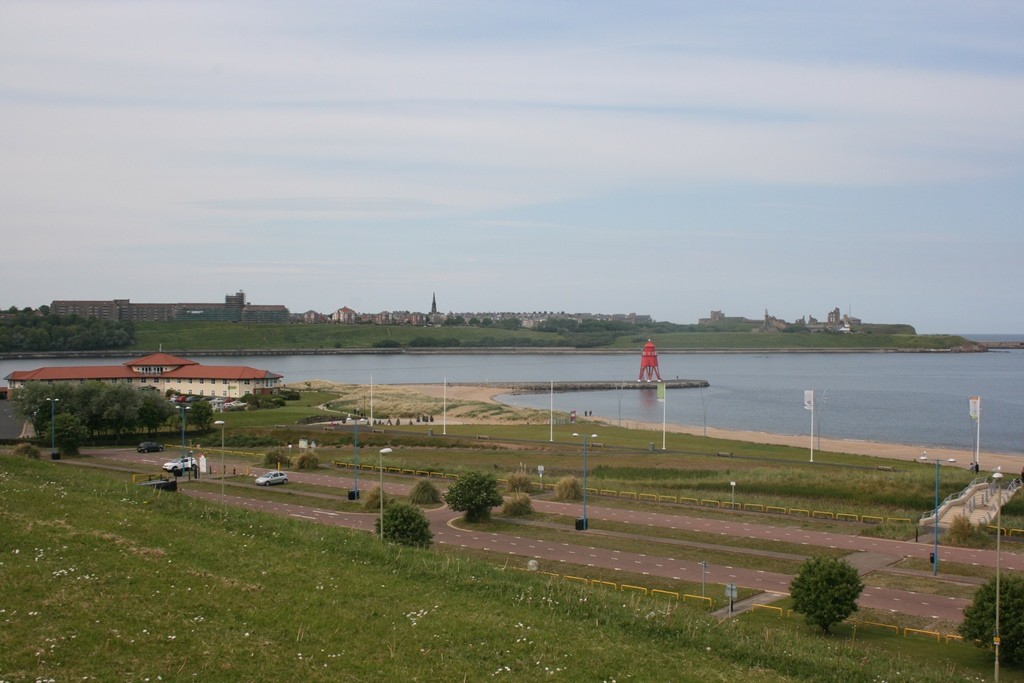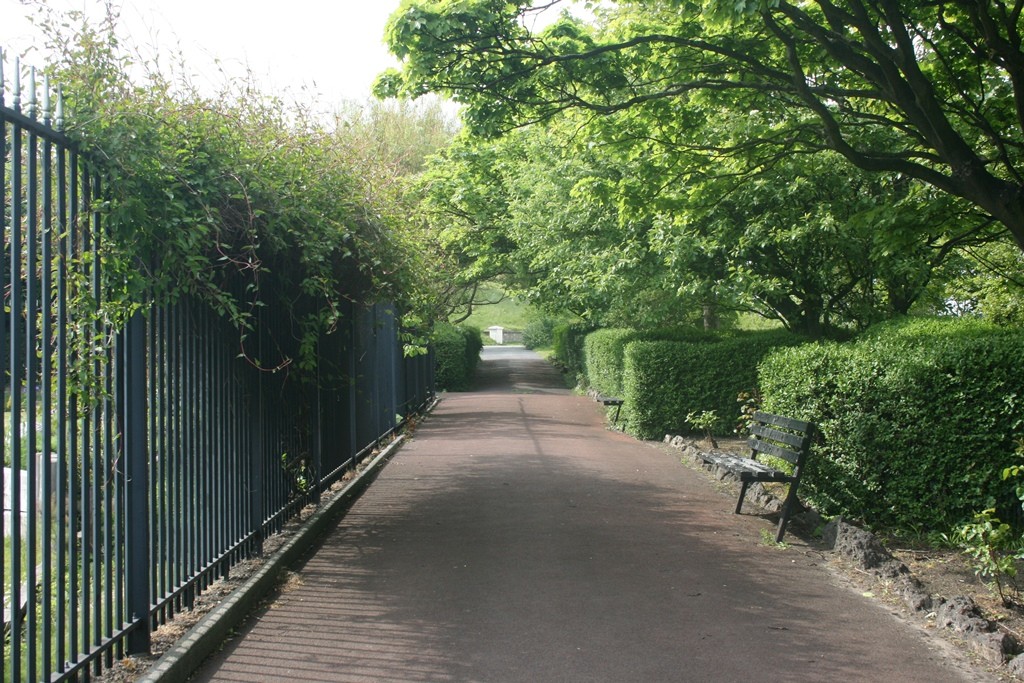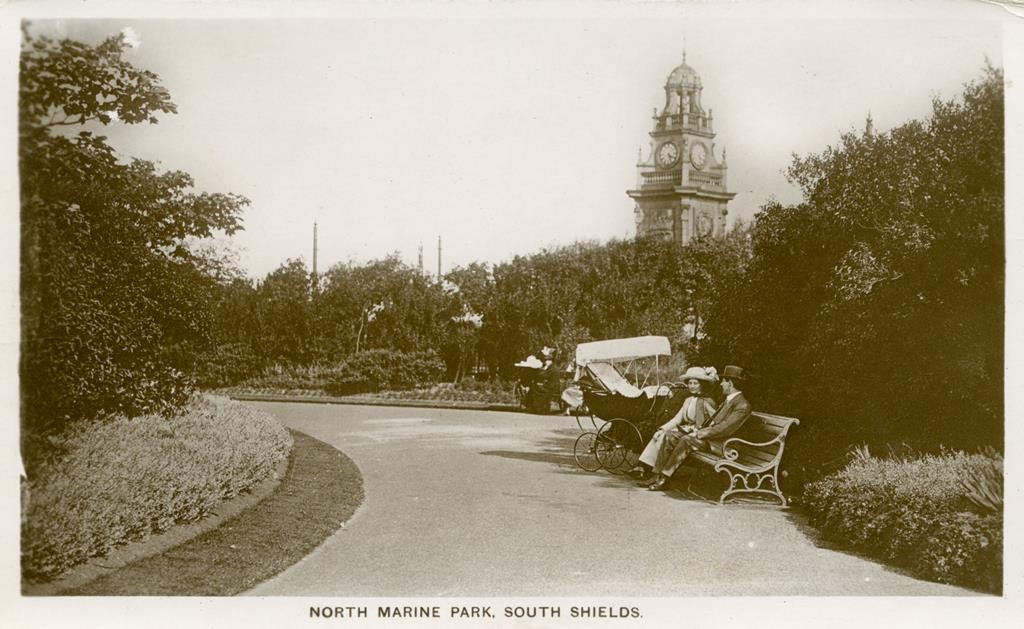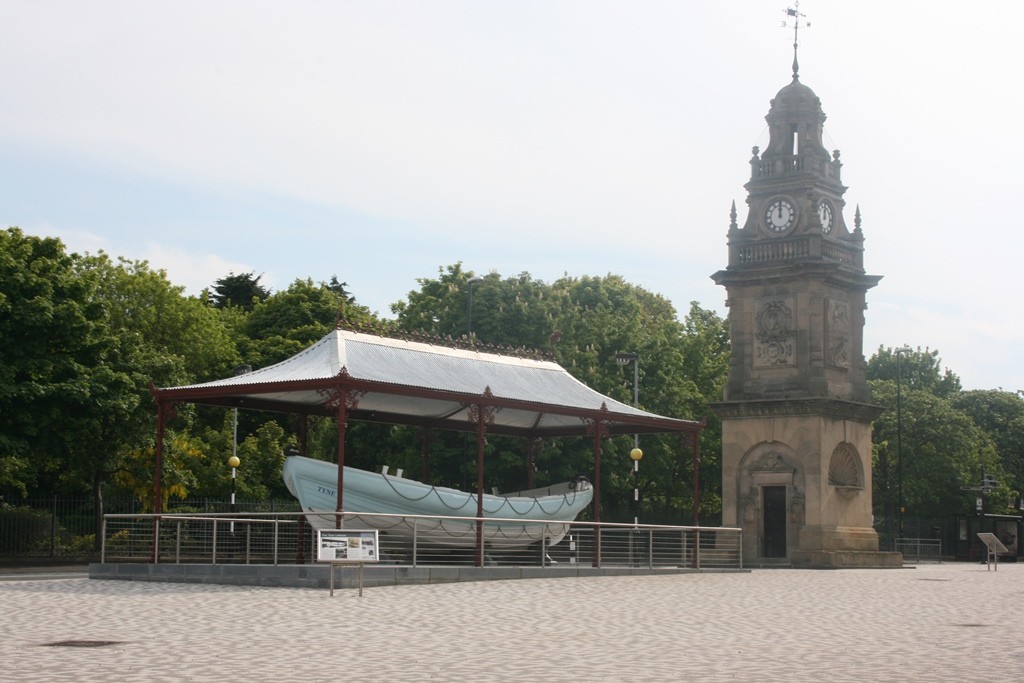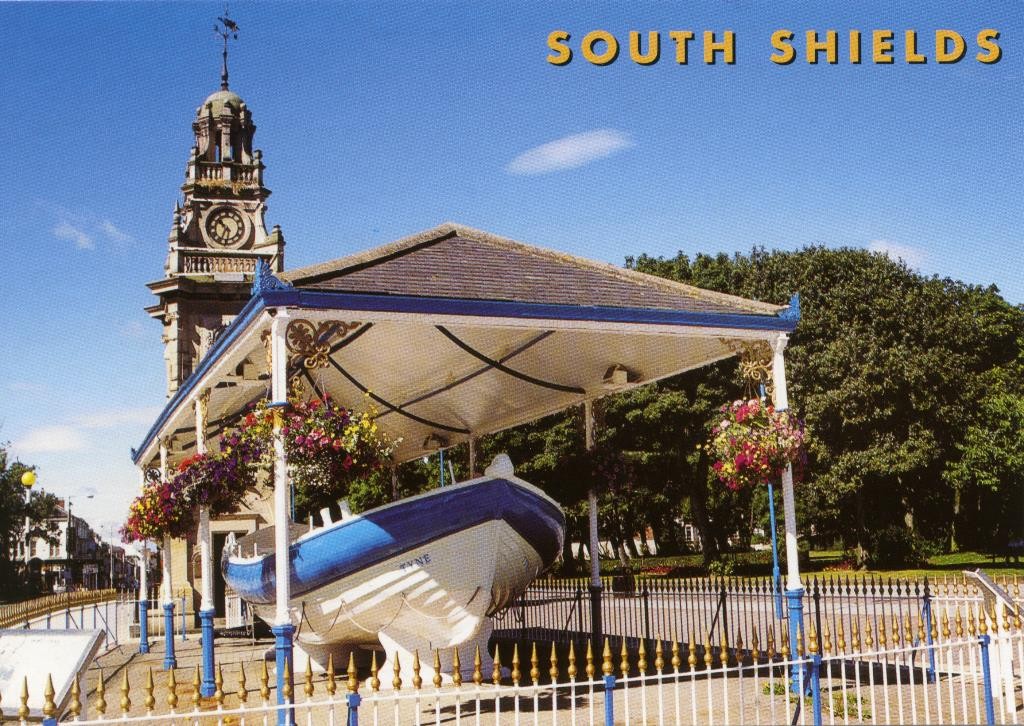Hello everyone! This is my first blog in a series of five dedicated to the seaside tourism of South Shields, to link with the ‘Seaside Shields’ exhibition. This exciting, interactive display presents the seaside as both nostalgic and modern, and is running until the 31st October 2015 at South Shields Museum and Art Gallery. Each blog will use photographs and postcards as a method of conveying a short overview of local history, mainly through the eyes of the tourist.
The most famous parks in South Shields, are of course, The North and South Marine parks. Both were officially opened in 1890 by Sir John Mowbray, a MP for Durham who also has another South Shields park in his namesake. Hugging the main strip of coastline, they represent a historically significant section of the local seaside tourism.
South Marine
In the late nineteenth-century visitors could flock to the ‘pleasure gardens’ and take in sea air and delightful views, without setting foot onto the sands (especially important if they were not dressed for such an occasion). Similarly, a leisurely walk around the boating lake in the South Marine would allow the visitor to take in the various decorations of the lake, including wind chimes and buoys for racing model ships. The yacht house was built to the left of the lake, whereby both model and large scale boats could be tended to. This has now been rebuilt to a similar style, but houses a branch of the famous Minchella’s ice cream café. The swans and ducks that call the lake and the central island their home are keen to take advantage of the tourists discarding fish and chips, or slow fingers (personal experience has confirmed this).
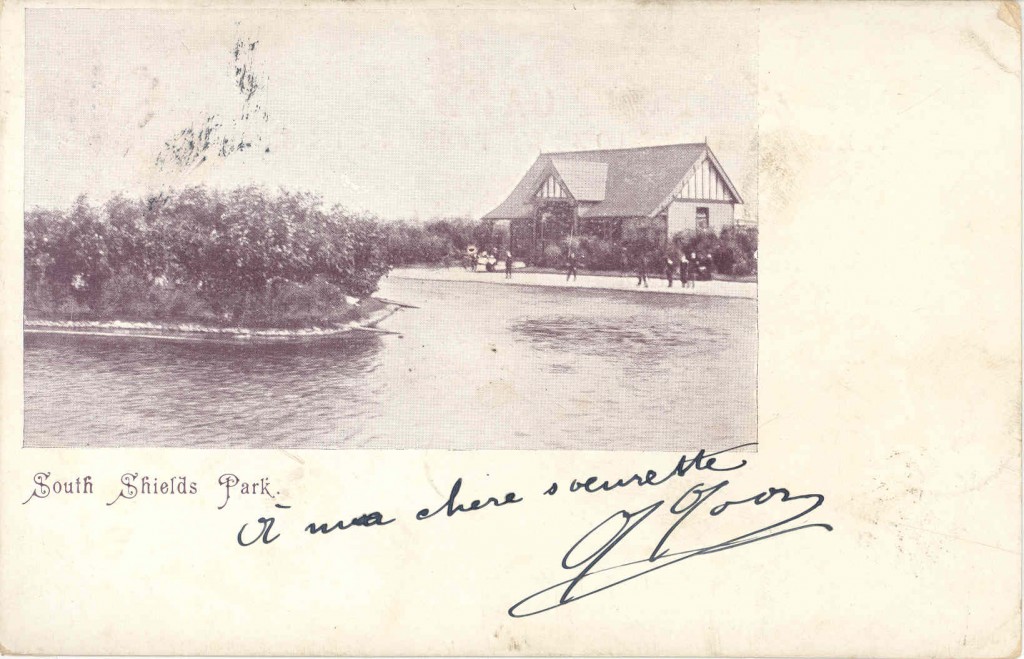
TWCMS : 2003.314. Postcard from the collections at South Shields Museum and Art Gallery. This particular postcard from 1908 was sent to Belgium!
The early twentieth-century tourist could then attend one of the various entertainments available within the bandstand, located on the grand promenade. The below postcards show the view in the 1930’s; note how the wooden chairs are neatly lined up, ready for the next performance. The photograph then gives an example of the performances that took place, including big bands and Scottish pipers. Up to twelve thousand are recorded as attending a single performance in 1935, which is perhaps why the postcards often show a vacant scene; it must have been extremely difficult to take a good photograph among those crowds! The bandstand and the surrounding rockery were recently attended to in the 2008 renovation of the park, which aimed to replicate the Victorian style seen in the postcards.
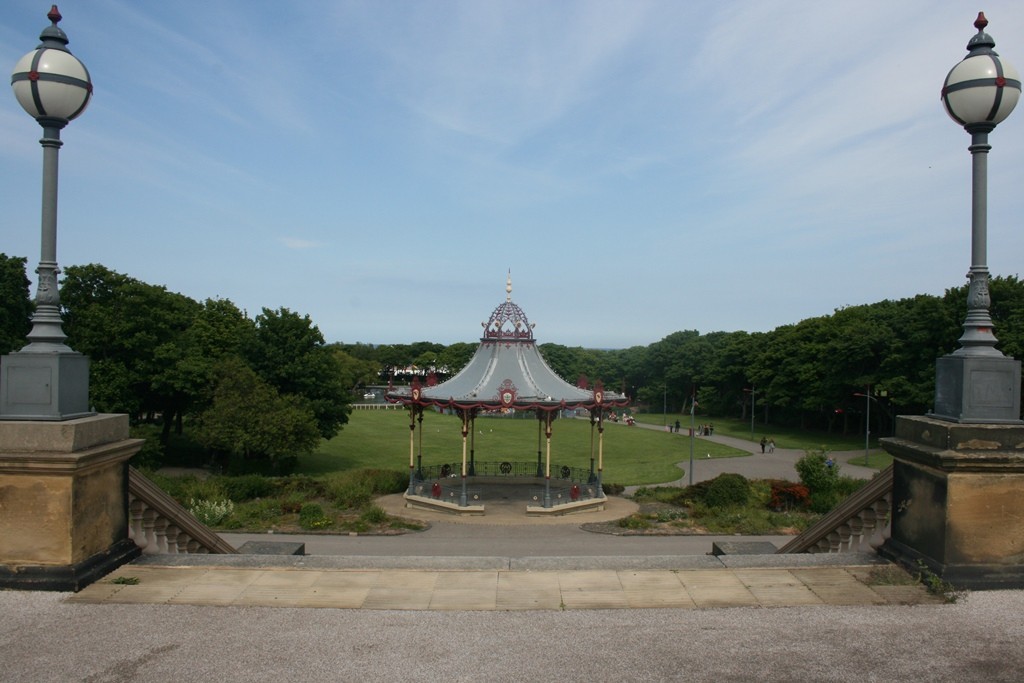
Photograph by Robyn Orr, 2015. Bandstand.
The park is now filled with activities for both adults and children, including pedal boats in the lake, and from July 1972 a miniature steam train was designed to loop the main lower level of the park. Also visible in the background of many of the postcards is the children’s swimming pool, which has been replaced by two outdoor play areas nearby. I personally loved to see this postcard, as although the pool was in slight disrepair in later years, I remember having visits there as a child. In another postcard, a woman in distinct 60s/70s dress takes in the view from the park’s grand promenade, where the main sands, fairground, and beach promenade can all be seen. I replicated the scene, and apart from some changes, the general view has remained the same.
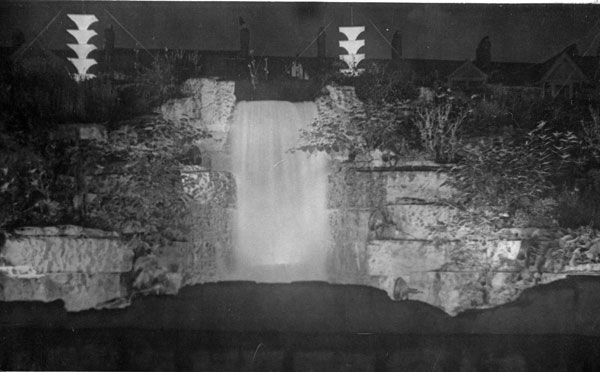
STH0000600. Copyright South Tyneside Images. Waterfall in South Marine Park during the light show, 1930’s.
North Marine
On the other hand, the North Marine Park represents a more tranquil area, with increased space dedicated to pathways, trees, and shrubbery, rather than activity spaces (there is a bowls green and a small play park). Upon opening it became home to various wild animals and birds, including a porcupine, a free-roaming peacock, and a silver fox! The landscape features a steep north-facing incline, which is commonly known as the Lawe, or the ‘Lawe top’. Fewer postcards survive to demonstrate this particular park, which is most likely due to the overwhelming tourist interest in the bandstand and lake that feature in the South side. Work began in 1883, after the project was given the main purpose of providing work for some two hundred jobless men who had been previously employed in levelling ballast hills. The below postcard shows the view from the North side of the main hill walk to the Lawe. People in early twentieth-century dress amble down towards the green, while the bushes and trees that were originally quite short have grown to block the view (see my photo). In the background the South Marine is visible, as is the Wouldhalve Lifeboat Memorial and a few houses on Beach Road. The back of this particular postcard reads: “Dear Joe, Enjoyed ourselves. First rate. Best prospects(?) to all. J. Davison”, and is dated 7th October 1914. It seems ‘J.Davison’ enjoyed his trip to South Shields!
Again, the tranquility of the park is evident below, whereby a couple have walked their child in a stroller, and are now resting on one of the North Marine Park benches (1908). The Wouldhalve memorial is visible in the background, over the trees.
The William Wouldhave Memorial
Between the two parks is the William Wouldhave memorial. Born in 1751 in North Shields, Wouldhave stakes the claim to the first person to ever invent the lifeboat. The particularly brutal shipwreck of the Adventure in 1789 saw the outcry for a rescue vessel to be developed, so that locals did not have to helplessly watch people die on the shores. Wouldhave submitted a design based on copper and cork to a local competition, and was rewarded with a guinea for his troubles. His tombstone celebrates Wouldhave’s lack of ‘vulgar boasting’, referring to the others who asserted that they had in fact invented the lifeboat over Wouldhave. The memorial is two pieces: the pillar was chosen from several designs to celebrate the Golden Jubilee of Queen Victoria in 1887, while the lifeboat Tyne was restored by the North East Maritime Trust in 2005. Wouldhave is buried in St Hilda’s church near the old town hall and market place, and is named on his gravestone as inventing the lifeboat. The postcards show that the memorial was of keen interest to those depicting South Shields – it clearly represented a proud history and a strong monument.
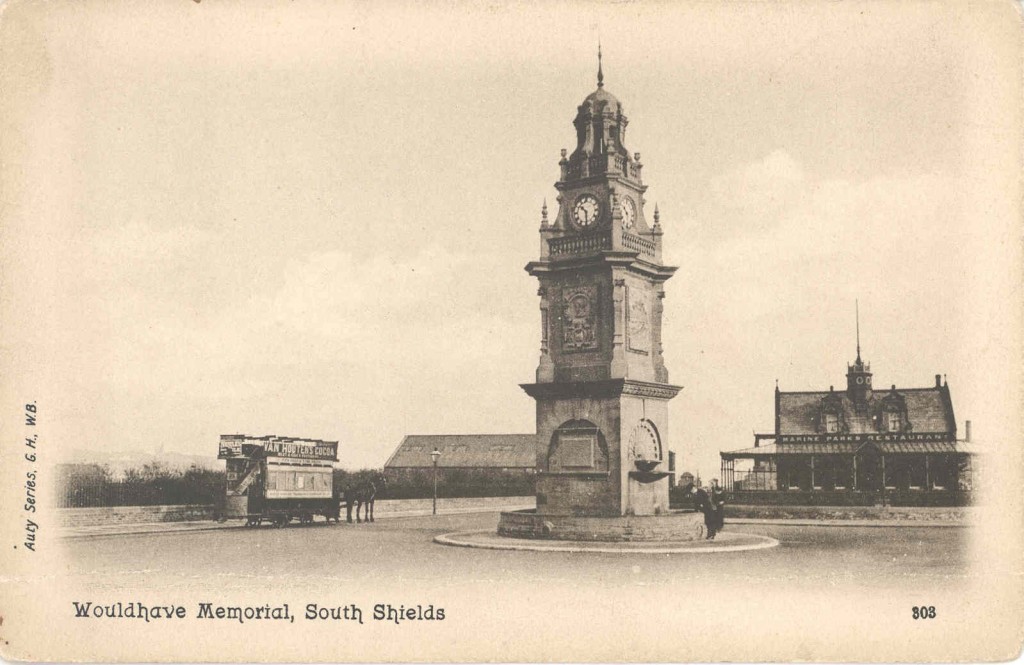
TWCMS : K465. Postcard from the collections at South Shields Museum and Art Gallery. William Wouldhave Memorial.
Thanks for reading! Please leave any comments below – I’d love to hear your own seaside South Shields stories. My next post will be on the Sandhaven and Littlehaven beaches.
